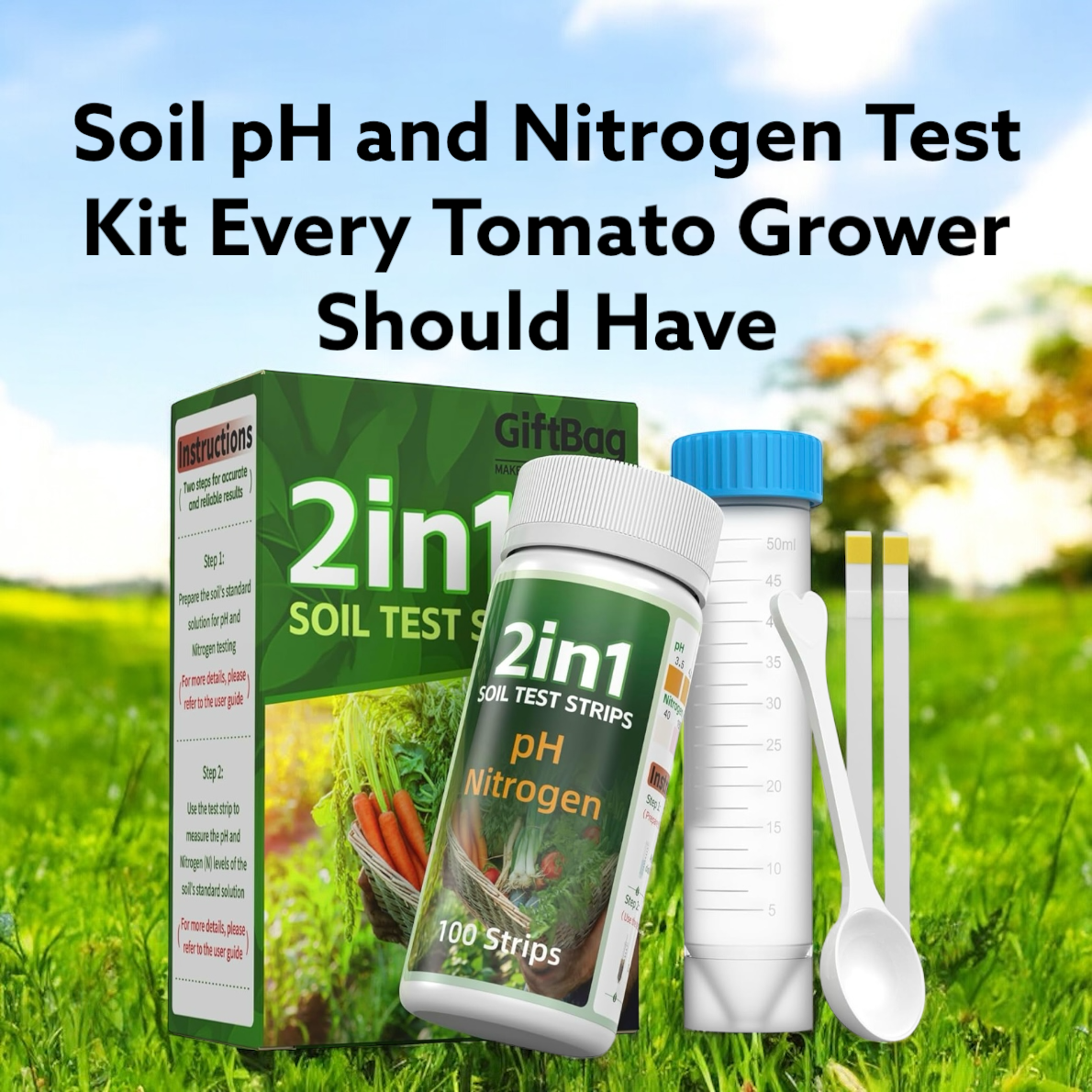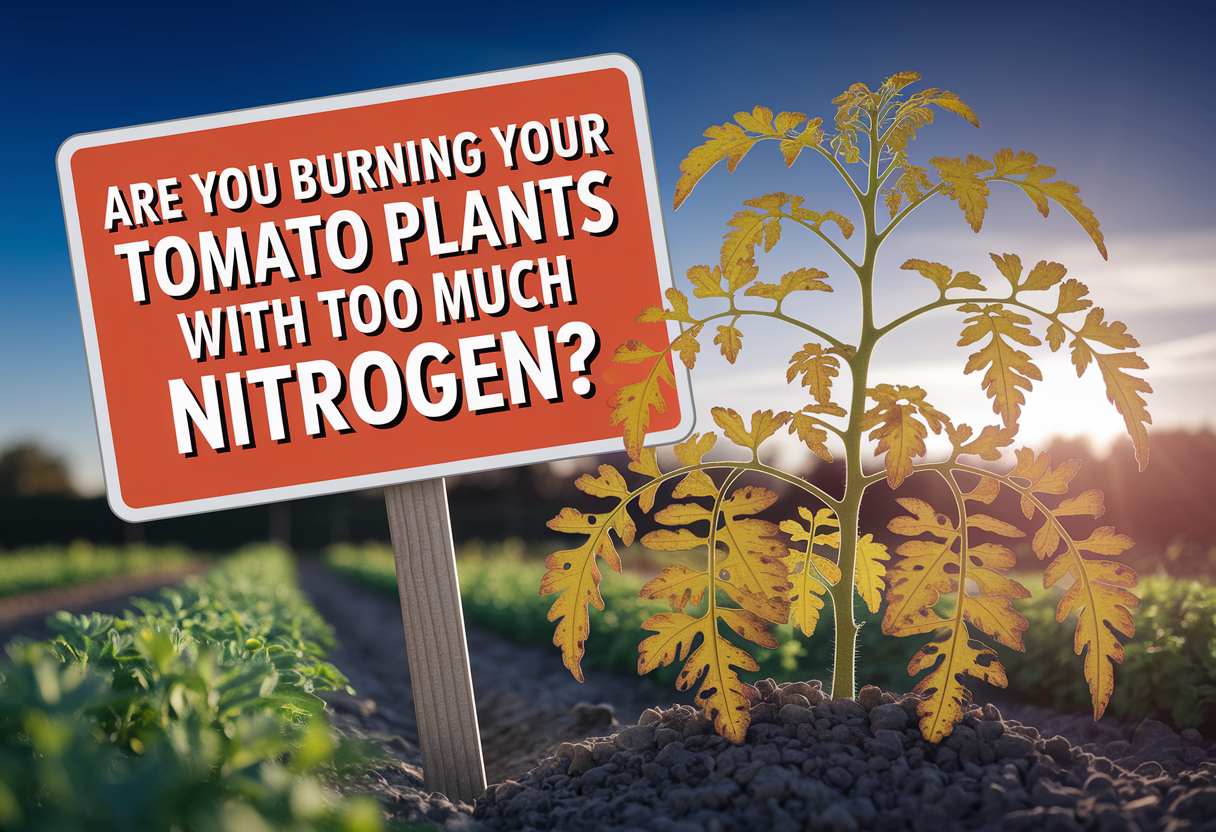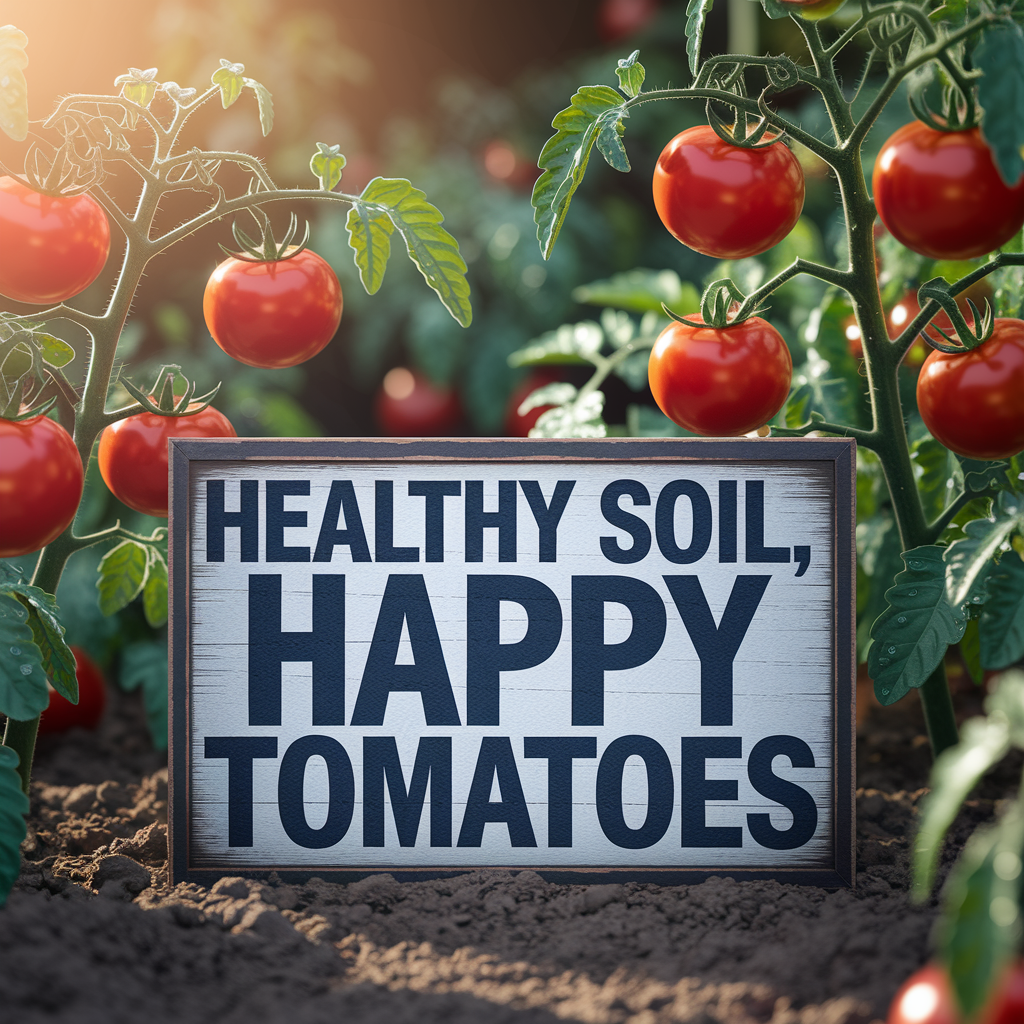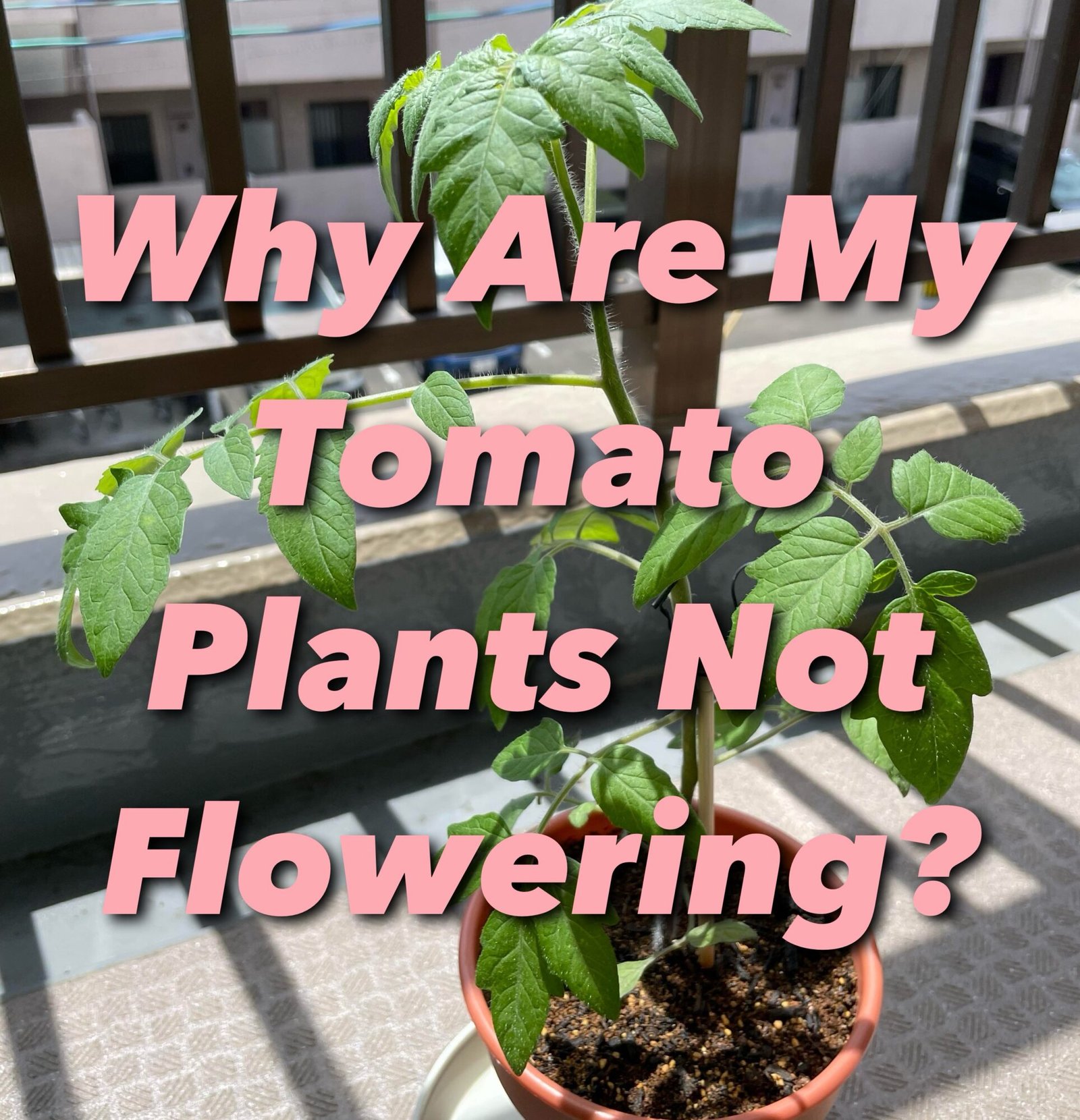
The Year I Had Gorgeous Tomato Plants and Zero Flowers
I’ll be honest—I thought I had it all figured out that year. My tomato plants looked like they belonged on a seed packet cover. Deep green leaves, strong stems, and fast growth. I was out there daily, watering and watching. But as weeks passed, something started bothering me.
No flowers.
Not one.
It didn’t make sense. They were healthy-looking, taller than my knee, and growing fast… but not a single bloom. No flowers meant no fruit. And no fruit meant I was just growing expensive tomato decorations.
If that sounds like what’s happening to your plants right now, don’t worry. I’ve been there—and I figured out exactly what caused it. In this article, I’ll walk you through the most common reasons your tomato plant might not be flowering, and what finally worked for me to turn those leafy giants into actual tomato producers.
Why Your Tomato Plant Looks Healthy But Isn’t Flowering
Here’s something I didn’t understand early on: green leaves don’t mean a plant is healthy. I had tomato plants that looked like leafy overachievers, but underneath the surface, they weren’t doing what they were supposed to do.
A tomato plant has two main growth modes: vegetative growth (stems and leaves) and reproductive growth (flowers and fruit). And if it’s stuck in vegetative mode, it can look gorgeous—but it’s not going to feed your family.
This often happens when your plant is overfed with nitrogen, stuck in poor lighting, or just hasn’t hit the right stage yet. But let’s not guess—we’ll break it all down. If you’re seeing leaves curling or odd growth patterns, it might already be sending distress signals. I explain that in this guide on tomato leaves curling down and what to do about it.
Bottom line: just because a tomato plant looks pretty doesn’t mean it’s productive. Let’s fix that.
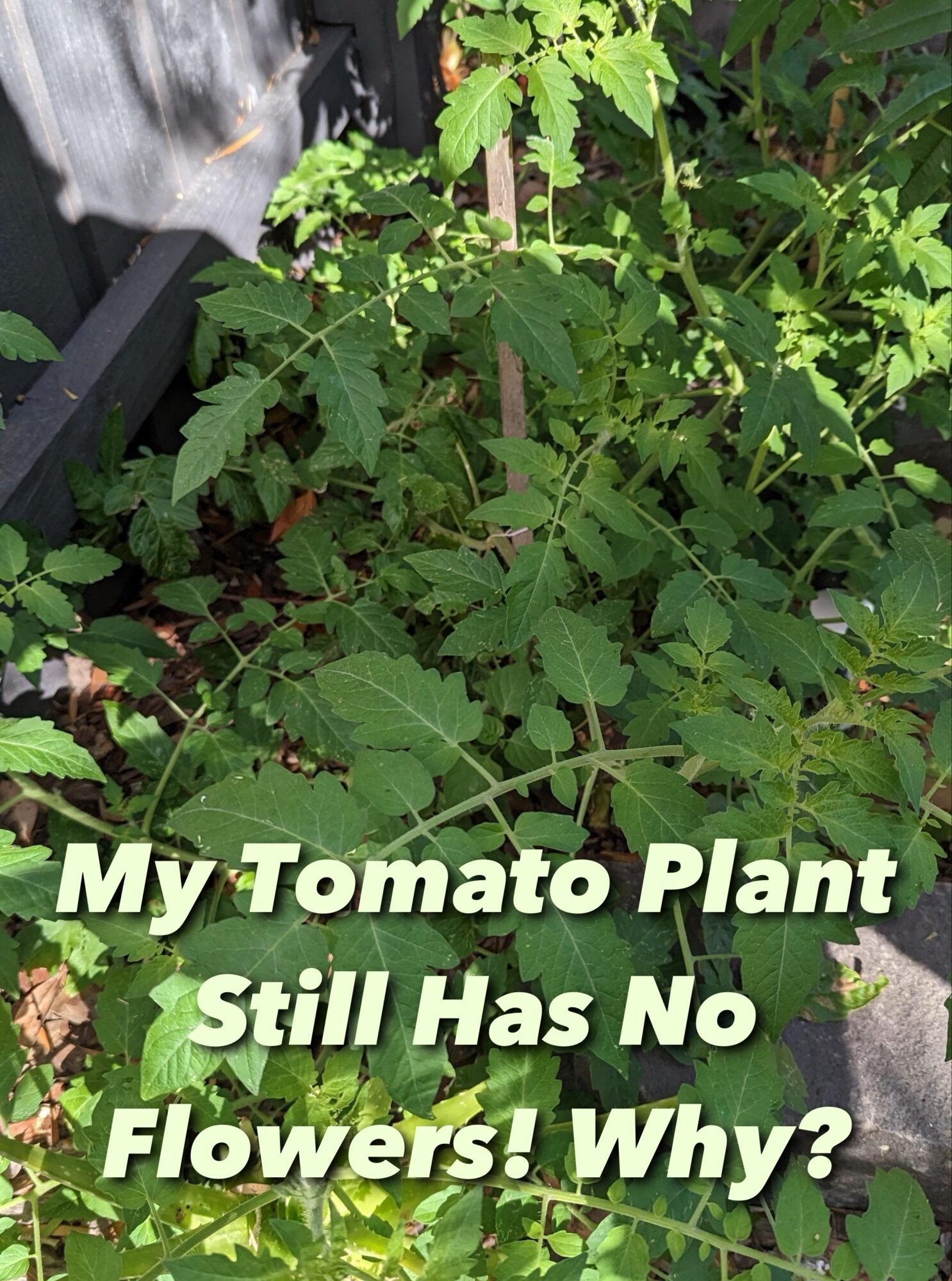
Too Much Nitrogen Can Delay Flowering (Big Time)
This was my #1 mistake. I had just bought a “miracle” fertilizer with a super high nitrogen number, thinking I’d get monster plants. And I did. But they didn’t flower—at all.
Nitrogen helps your plant grow strong leaves and stems. But too much nitrogen keeps it in vegetative mode, preventing it from switching to flowering. It’s like trying to get a teenager to settle down and focus on their future while they’re still bouncing off the walls.
Now, I feed based on stage. Once my plants are about 12–18 inches tall and growing well, I switch to a balanced or bloom-focused fertilizer. This is something I laid out fully in my guide on when to fertilize tomato plants for juicy, big results, which helped me stop overfeeding and start seeing results.
Pro tip? If your tomato plant is all leaves and no flowers, pause the nitrogen immediately and give it a week or two to rebalance.
Not Enough Sun? That’ll Do It Too
Another season, another facepalm. I planted some tomatoes along the side of my house where they got about 4 hours of sun a day. I thought, “It’s bright enough, right?” Wrong.
Tomatoes need at least 6 hours of direct sunlight, and ideally 8+ if you want fruit. Less than that? You’ll get leggy stems, sad flowers (if any), and no harvest. Sunlight doesn’t just help with growth—it’s essential to trigger the flowering hormone inside the plant.
If your tomato plant looks okay but refuses to bloom, check your sun exposure. I broke this down clearly in this post about how much sun tomatoes actually need, and I followed it up with a list of signs your tomato plant isn’t getting enough sun.
The fix might be as simple as moving your pot, trimming back nearby plants, or shifting your next garden bed over a few feet.
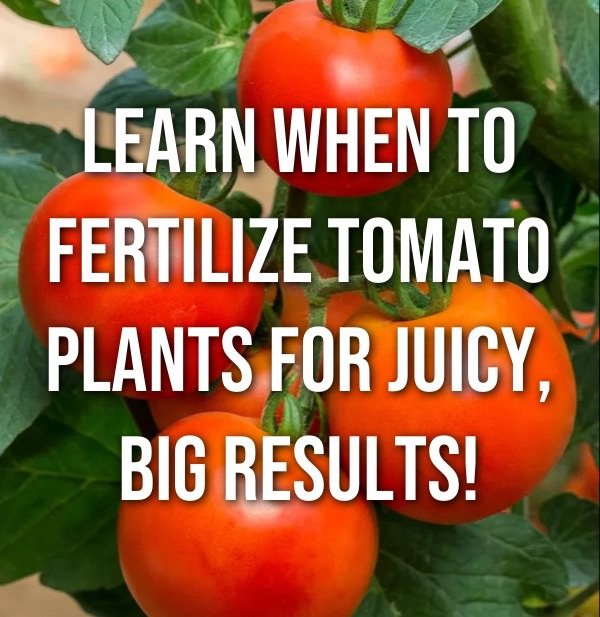
Are You Overwatering and Killing the Vibe?
If there’s one thing new gardeners tend to do too much of (besides overfeeding), it’s watering. And yep—overwatering can absolutely stop your tomato plants from flowering.
Too much water drowns the roots, limits oxygen intake, and stresses the plant. And a stressed-out tomato plant isn’t thinking about reproducing—it’s thinking about surviving.
Here’s what tipped me off: my plants looked puffy, the lower leaves started yellowing, and growth stalled. I thought they needed more water. Turns out, they needed less and better drainage.
If your plant’s soil feels soggy more often than not, you might want to take a peek at this article I wrote on overwatering symptoms and how to fix them.
Also, remember that tomatoes are 95% water, but that doesn’t mean you should drown them. I broke down how overwatering ruins everything—even though it seems helpful at first—in this truth-telling post here.
Not Enough Phosphorus? No Flowers for You
Your tomato plant might be green and upright, but without enough phosphorus, you’re going to be waiting a long time for those first blooms. I learned this the hard way with a raised bed I filled using some “organic” soil mix that turned out to be heavy on compost but super low on phosphorus.
Phosphorus is what helps your plant develop roots and produce flowers. Without it, your plant may grow slowly, seem sluggish, and just hang out in veggie mode. Once I corrected my phosphorus levels, flowers showed up like magic within 10 days.
This is when I switched to a bloom-boosting fertilizer and saw a total turnaround. I go into more detail about the exact product I now swear by in my guide to the best fertilizer for tomatoes that actually works.
If you’re unsure whether your soil has enough phosphorus (or too much of anything else), a soil test can tell you right away. I use this 4-in-1 soil meter every season now—cheap insurance for a healthy crop.

Pruning Gone Wrong (Or Not At All)
I avoided pruning for years because I thought it was risky. I didn’t want to “hurt” my plants. But once I started learning when and how to prune tomato plants, my flower production practically exploded.
Here’s the thing: if you don’t prune suckers (those little growths that appear between the main stem and branches), they suck up your plant’s energy. More leaves. More stems. Less flowering.
On the flip side, over-pruning—especially removing key flowering branches or stressing the plant too much at once—can also slow or stop blooming.
I started small: one or two suckers at a time, especially below the first flower cluster. That’s the method I’ve now added to my weekly routine, and it’s part of how I explain how to grow tomatoes faster.
It’s not just about yield. It’s about helping the plant focus on what matters—fruit, not fluff.
Is It Just Too Early? Timing Matters
Okay, let’s pause for a second—because sometimes the reason your tomato plant isn’t flowering is simple: you’re just early.
Depending on the variety you’re growing, it could take anywhere from 30 to 50+ days after transplanting before you see flowers. Some tomato types are slow starters, and others are lightning fast. If you’re growing determinate types (like Romas), they tend to flower in one big wave. Indeterminate varieties (like Cherry or Beefsteak) take their time but produce over the whole season.
Back when I was first starting out, I kept panicking in week 3 like, “Where are the flowers!?” Now I give my plants space, watch for signs of readiness, and stop comparing one plant’s progress to another.
If you’re unsure how long it’s been, go back and think about when you actually transplanted them into the garden. And while you wait, this is the perfect time to double-check that your soil, sunlight, and watering habits are on track so when the plant is ready—it’ll bloom like crazy.
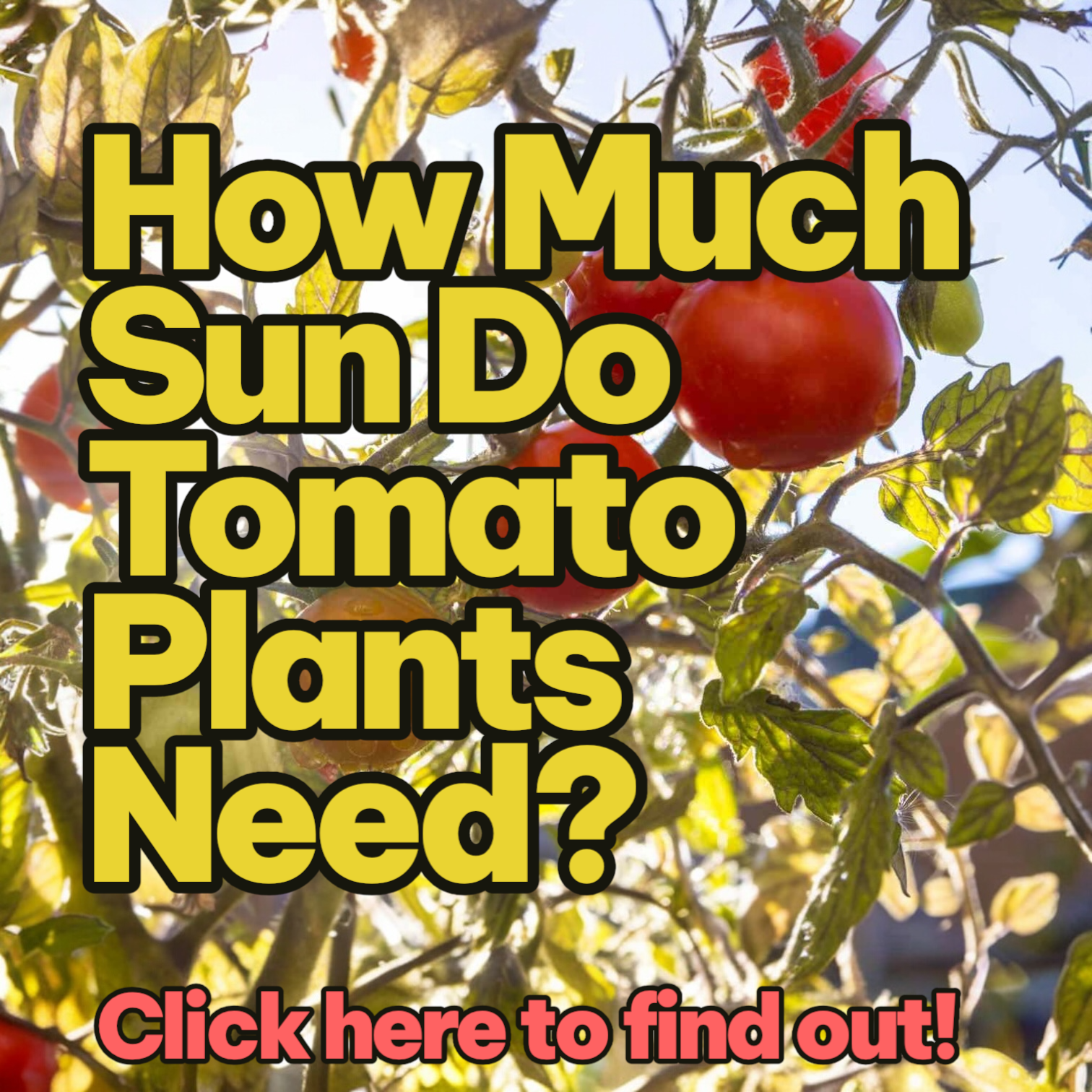
Temperature Trouble: Too Hot or Too Cold = No Flowers
Temperature plays a bigger role in flowering than most people realize. Your tomato plant might have great soil, perfect watering, and solid nutrients… but if it’s too chilly or way too hot, flowering can stall or stop completely.
Tomatoes like it warm—but not blazing. Ideal daytime temps are 70–85°F, and nighttime shouldn’t drop below 55°F. When it gets hotter than 90°F during the day or stays above 75°F at night, flowers often drop, or worse—they never form.
I ran into this with a late June heatwave. Everything looked fine one week… and then nothing. No new flowers, and the buds that were forming just disappeared. I had to rig up some temporary shade cloth to cool things down, and that’s when things picked back up.
If your plant seems “off” and the timing doesn’t make sense, check the weather history. I shared more about how heat and stress affect tomatoes in this article on why your tomato plant might be sad, because this is one of those sneaky causes that slips by unnoticed.

Tomato Plant in a Pot Not Flowering? Container-Specific Mistakes
Tomatoes grown in containers are more sensitive to just about everything—especially when it comes to flowering. I’ve had beautiful container plants one year, and underachievers the next. Turns out, pots change the game.
Here’s what I ran into:
- Nutrients leach faster in pots, especially with frequent watering
- The soil dries out quicker, leading to stress
- The roots hit a wall—literally—if the pot’s too small
- Temps swing harder in containers, especially on patios or decks
To fix this, I switched to larger grow bags and used this soil mix that holds nutrients without getting soggy. It changed everything. I also started fertilizing more often—but lightly—and added mulch on top to keep moisture more stable.
If you’re growing in a pot and not getting blooms, start with this guide to picking the best containers for tomatoes. Then go through the rest of your care routine and look for those container-specific traps.
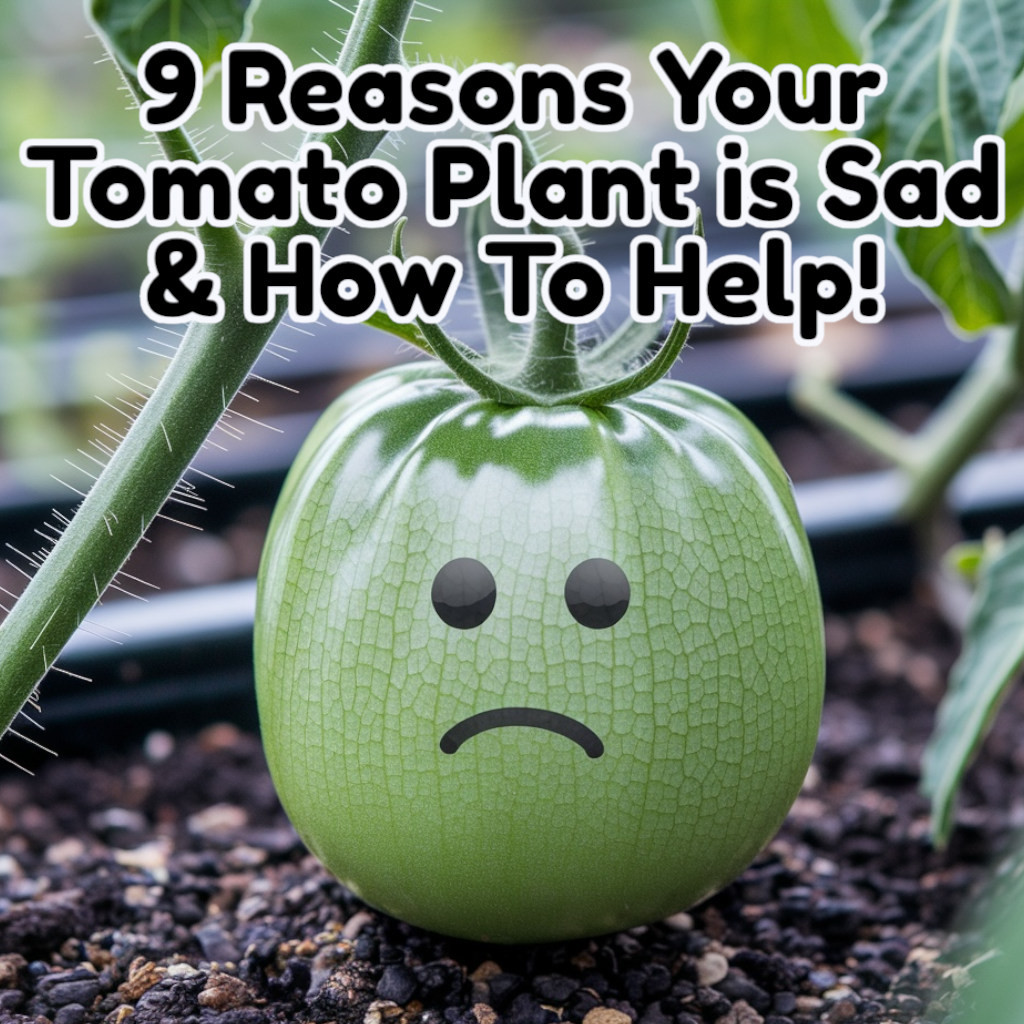
How I Finally Got My Tomato Plants to Flower (And Fruit)
After two rough seasons where my plants looked perfect but gave me nothing, I finally started changing how I feed, where I plant, and how I troubleshoot.
I stopped blindly adding nitrogen and switched to a bloom-focused blend when it made sense. I moved one of my container plants to a sunnier corner of the yard. I even pruned a few suckers (nervously at first), and I finally ran a soil test using this tool right here.
And within a couple weeks, I saw flower buds. Then flowers. Then little green tomatoes.
I didn’t change everything, but I adjusted the right things—and that made all the difference. If your tomato plant isn’t flowering, don’t panic. Just walk through what it’s telling you, one step at a time.
Want more help? Start with:
Because once your tomato plant starts blooming, you’ll want to make sure the fruit keeps coming. And now, you’ve got a plan.
As an Amazon Associate we earn from qualifying purchases through some links in our articles.
